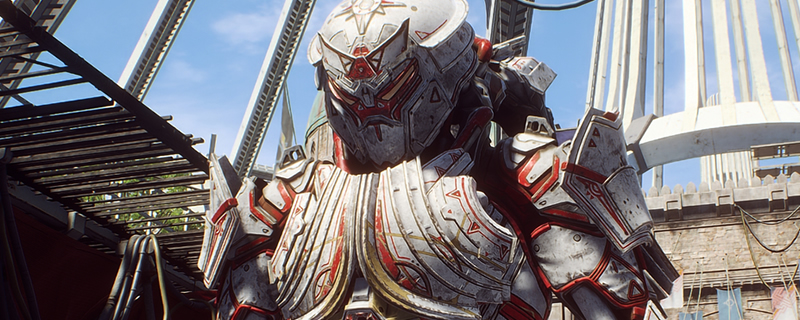Anthem RTX/DLSS PC Performance Review
Introduction  Â
The addition of Tensor cores to Nvidia’s Turing architecture is a game-changer, adding compute horsepower to their RTX lineup that’s fundamentally different to what is typically available on graphics processors.Â
In effect, Nvidia’s Tensor cores add a new kind of computing power into the mainstream graphics mix, opening the door to new possibilities that would be impossible with traditional shaders. Nvidia’s Tensor cores are all about AI performance, but as of now, Nvidia has only one feature which can utilise the feature, a feature which promises to deliver increased performance levels at high gaming resolutions.Â
DLSS (Deep Learning Super Sampling) is a graphical feature that is designed to upscale images by taking a lower resolution input and using an AI-powered deep learning algorithm to create a higher resolution final image. Through this process, images are rendered using fewer computational resources, generating higher framerates for the user while creating a pleasing final image.Â
This is good news for games like Anthem, titles which can take even flagship-level graphics cards like the RTX 2080 Ti to its knees at 4K, though the main controversy surrounding DLSS is its quality difference when compared to a native resolution rendering. Can the power of AI make Anthem look and run better, or will this performance gain come at the cost of image quality?Â
In a recent video, Nvidia claimed that DLSS could offer up to a 40% performance boost at 4K, a difference which would result in a fundamental change in the game’s playability on RTX series graphics cards. Here, we will put Nvidia’s performance claims to the test while looking into the visual impact of DLSS on both 1440p and 4K images.Â
One thing to note before we start, DLSS has different effects at 1440p and 4K, so please look at both our 1440p and 4K comparisons.Â



